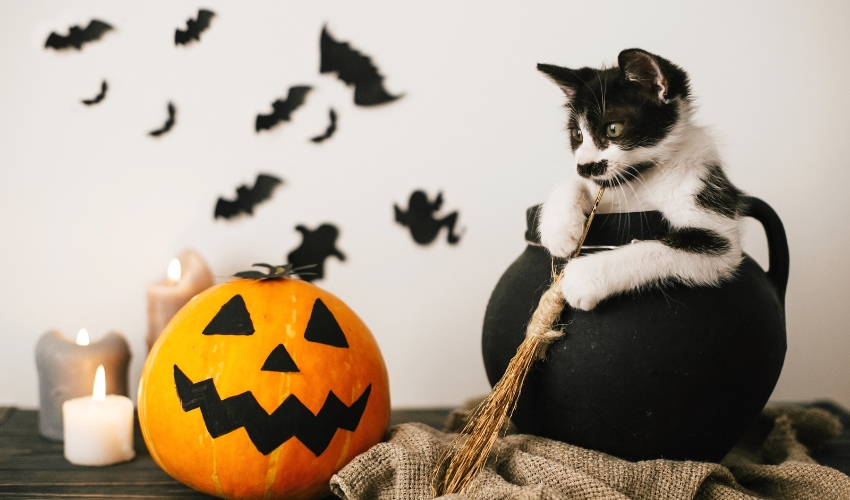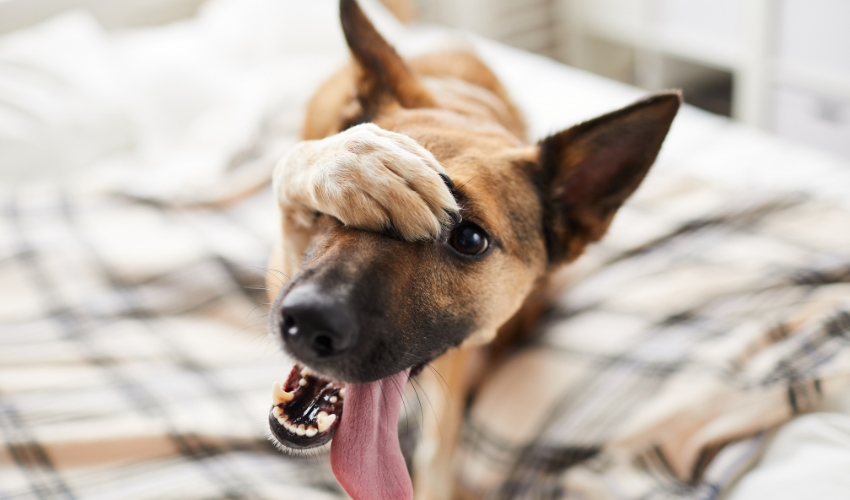After diagnosing the dog with parvo, a fur parent will probably wonder about the signs of parvo dog virus. Being able to recognize the signs will assist you in determining whether or not the dog is healing.
Parvo is one of the most dangerous viruses dogs may contract. The virus is highly infectious, and the parvo vaccine is considered a core immunization for puppies and dogs.
Lucky for you, this article will go through the causes and symptoms of parvovirus, recovery signs from parvo, and how to prevent parvovirus!
Causes Of Parvovirus
The virus is usually transmitted directly or indirectly through fecal-oral contact with an infected dog. Just before the signs occur, the virus will excrete in the feces. Shedding lasts around ten days.
The virus will transmit to the gut after consumption, where it invades the intestinal wall and produces inflammation.
What Are the Parvovirus Symptoms in Dogs?
Parvo is frequent in dogs, and the owner should contact a veterinarian if their dog becomes ill. They should also be aware of the following parvo in dogs symptoms:
- Bloody diarrhea
- Coughing
- Vomiting
- Fever
- Weight loss
- Lethargy
- Lack of appetite
- Listlessness
- Depression
- Dehydration
- Anorexia
- Palpitations
- Painful abdomen
- Wet tissue inflammation in the eyes and mouth
If the dog has a metabolism malfunction, it may signify canine diabetes. The symptoms mentioned above are severe and may suggest parvo dog virus or another severe illness.
If you think that your dog has parvo, do not hesitate to contact a veterinarian.
What Are The Signs Of Recovery From Parvo?
There are various indicators that the dog is healing from parvo. Here are the signs that the dog is recovering from parvo:
1. Activity level rises
One of the earliest indicators of parvo in dogs is weakness or inactivity. The dog may stop responding to the owner’s orders or cry as the condition worsens.
Other complications of parvo include fever, sepsis, and anemia, all of which influence activity level. Observe the dog rising without assistance or recovering interest in toys, and the owner will know the dog is on the mend!
2. Eating habits are back to normal
When a dog has parvovirus, he or she will lose appetite. Even though their stomachs look swollen, dogs may lose weight during this period.
An improved appetite is another sign that the dog is healing from parvo. This includes being able to eat on his own and keep food down.
The veterinarian will almost certainly prescribe a diet plan to ensure the dog gets the nourishment they require.
3. The dog has stopped pooping bloody feces
Dogs get bloody diarrhea as a result of intestinal bleeding. In addition to the unmistakable red-colored blood, the feces have a distinct appearance and powerful stench.
If the dog’s feces begin to return to standard color and consistency, this is a sign that it is recovering from parvo. If there is no blood and the feces are firmer, the intestines are mending correctly.
4. The dog has stopped vomiting
Dogs with the virus may want to drink more since they get dehydrated. However, whatever solid or liquid food they consume generally causes them to vomit.
When the dog stops vomiting blood or frothy, this is one of the first signals that he is healing from parvovirus. A recovered dog would also stop drooling or frothing at the mouth.
How To Protect Your Dog From Parvovirus

Below is the list of how the dog owner can protect the dog from parvo:
- Vaccinate your dog
Dogs should receive their first dog parvovirus vaccine at 6-8 weeks, with boosters every three weeks until 16 weeks. They should have another booster shot a year later. After that, the dog should have a booster every three years.
- Keep away your dog from unvaccinated dogs
Dogs should not be exposed to other unvaccinated dogs until they have gotten all of their parvo shots. Ensure that all dogs in your family are vaccinated, and exercise extreme caution while socializing your puppy.
Dog parks and other areas where dogs congregate can be a source of parvo. Therefore, socialize your dog in a less public setting.
- Always disinfect
It is also necessary to protect your unvaccinated dog against parvovirus at home. Disinfect everything before exposing your unvaccinated dog to it.
The virus may live on surfaces, including dog food bowls, clothing, and floors. Parvovirus may live on surfaces for up to 5 months.
Conclusion
That’s it! We hope that you learned all the necessary information about parvo dog virus, such as the signs of recovery, as well as its causes and symptoms. If your pup accidentally contracted this virus, contact a veterinarian as quickly as possible. They will provide you with all the required medications.










